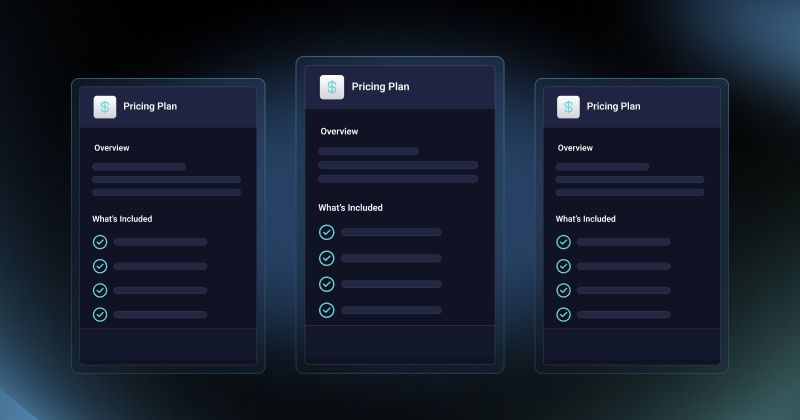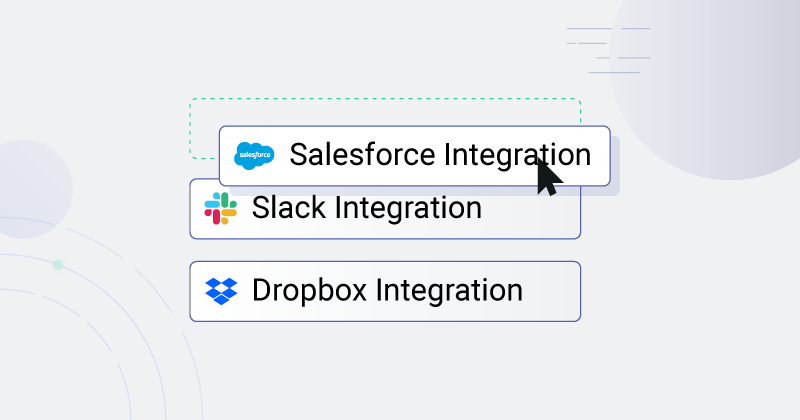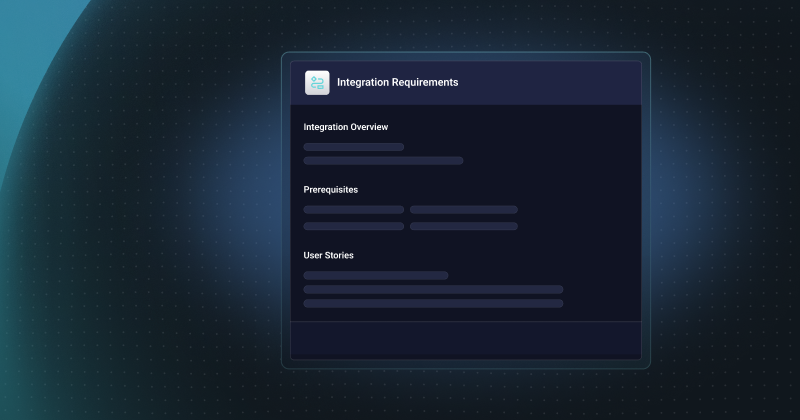A common question we hear from our customers is, "How do we price integrations?" That makes sense. They're usually in the process of implementing our embedded iPaaS so they can more efficiently build integrations between their product and their customers' other apps. They are also thinking about how to best capture value from all the integrations they can now offer their customers.
With that in mind, let's examine what we and our customers have learned about pricing integrations.
Integration pricing realities
If you are building integrations for your B2B SaaS product, you probably shouldn't price most integrations separately from your product. If that's surprising, consider these realities:
- Integrations are product features. Before SaaS, integrations tended to be delivered as services. And the resulting user experience was as unpolished as you would expect. That's no longer the case. SaaS companies are increasingly creating integrations that look and function like the rest of their product.
- Customers expect them with their products. SaaS products are becoming more narrowly focused, performing a few business functions extremely well rather than serving as all-in-one solutions. This means companies use many different software products – expecting all those systems to work together.
- Productization makes it easy to include them. A productized integration strategy entails building integrations in a repeatable way for use by many different customers. These productized integrations now come with the same configurability, polish, and ease of use as the core SaaS product.
Since integrations have become expected features and B2B SaaS companies now have the tools and processes to support those expectations, customers generally won't purchase integrations a la carte – because that's not how they buy other product features today.
When might you need to price integrations separately?
Now that I've given you the reasons for not pricing integrations separately from your product, let's cover a few scenarios where pricing (or at least charging for) integrations might make sense. Here they are:
- As a gating factor for plan levels. You have two pricing plans for your B2B SaaS product (Business and Enterprise). And you have a specific integration that larger, more sophisticated customers all need, but smaller customers don't. Including that integration in your Enterprise plan makes sense as a way to drive larger customers to that plan. Practically, you are charging for the integration, though it may not show up as an individual line-item cost.
- Against a niche competitor. If you have a CRM, for example, and you're competing against Salesforce, you can't price your integrations separately since Salesforce doesn't do it and has the same integrations you do (and more). But what if we take the same scenario, except we put you into a niche market with few competitors? In that scenario, you may be able to charge for integrations to customers' other niche-specific applications because it differentiates you against the next best alternative enough that your customers can justify the cost.
- When the integration is the product. If an integration becomes the point of a particular workflow, then it might make sense to price it separately. This can happen when an integration grows over time from something simple (which provides little value) to something that is extraordinarily configurable and powerful. In short, what started as an integration for a given product has become a product itself.
What pricing model should you use?
If you find yourself in a situation where pricing your integrations makes sense, we recommend using the value-added pricing model. We could go into crazy detail, but here are a few reasons to use that model:
- It covers every scenario. This model lets you adjust pricing to account for the value you are providing to your customers. An integration that saves your customer 100 hours a month is more valuable than one that saves 50. Price accordingly.
- It encourages knowledge of your customers. To use the value-added model, you must consider value from the customer's perspective. You can only do this if you understand your customers, their workflows, and how they assign value to your integrations.
- It leads to product optimization. If an integration has little value for your customer, it shouldn't be part of your product. However, including the integrations that are most valuable to your customers helps you optimize your product for the market instead of simply feature-matching with competitors.
Capture value in exchange for your product
We shouldn't talk about pricing without mentioning fundamental pricing principles. Here they are:
- Be consistent.
- Make it easy to understand.
- Ensure that it feels fair to customers.
In the end, the function of pricing is to capture maximum value in exchange for your product. And the best way to do that, long term, is to make your pricing easy, consistent, and fair. For a deep dive into all things pricing, we recommend Deloitte's seminal work on the topic: The Strategy and Tactics of Pricing.
At Prismatic, we're more than a company with an embedded iPaaS. We legitimately love helping our customers understand everything related to integrations. If you have questions about implementing integrations for your B2B SaaS product, reach out.




